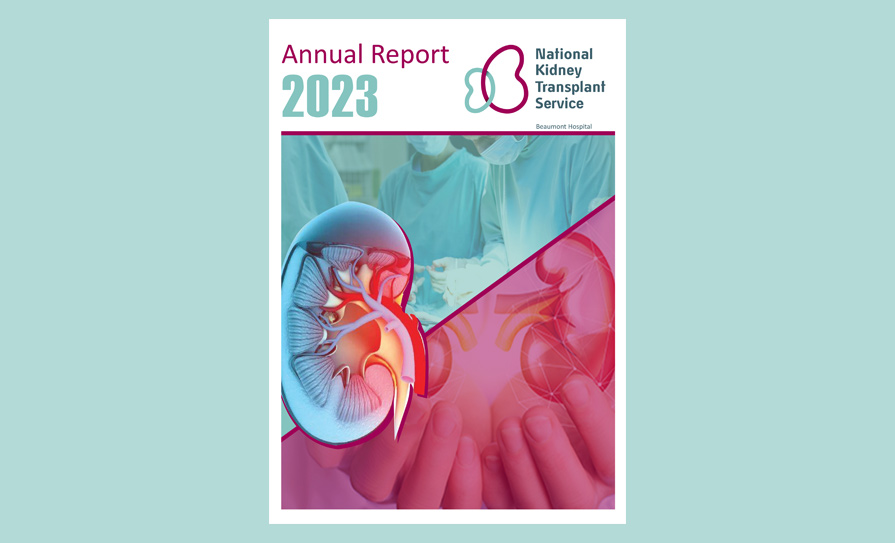The Department of Agriculture, Food and Marine (DAFM) is “currently following up with other agencies” to begin the
process of formulating a national action plan on verocytotoxin-producing Escherichia coli (VTEC) infection in Ireland.
The Covid-19 pandemic has stalled efforts to hold an inter-agency workshop as a means of commencing the process.
A DAFM spokesperson told the Medical Independent (MI) it is seeking to arrange a suitable date to hold the workshop virtually “at the earliest possible opportunity in 2022”. As previously reported by MI, in 2019 the DAFM termed the level of human VTEC infection as “unacceptable” and warned that “a large outbreak in the future is a real threat”.
In a briefing note shared with the Department of Health, the DAFM stated that a Government-wide approach was needed to make “meaningful progress in addressing this public health threat”. When two or more individual human cases of VTEC infection are linked and likely to have arisen from the same source, they are described as an ‘outbreak’. “VTEC outbreaks can involve large numbers of people and the consequences can be catastrophic,” outlined the DAFM briefing note in 2019. “In Canada in the year 2000, VTEC contamination of the Walkerton town drinking water supply resulted in over 2,000 people becoming ill and six deaths….”
“Over the period 2004 to 2017, 830 VTEC outbreaks are known to have occurred in Ireland. Thankfully to date, these have been limited to a small number of individuals – with 86 per cent of all VTEC outbreaks confined to families in private dwellings. However, the next-most common setting in which VTEC outbreaks have occurred in Ireland is in childcare facilities, with significant practical and emotional implications for all involved.”
In Ireland, the most common reported transmission route for human VTEC infection is person-to-person spread. As regards primary human infection, water-borne transmission (associated with untreated or poorly-managed private water supplies) and animal contact are the most frequently reported transmission routes.
While VTEC infection is usually uncomplicated, it can cause haemolytic uraemic syndrome (HUS) in 5-to-10 per cent of cases and lead to kidney failure. Five per cent of people who develop HUS may die. Nationally there were 826 VTEC notifications in 2020, compared with 878 in 2019 and 1,113 in 2018, according to data from the Health Protection Surveillance Centre.













Leave a Reply
You must be logged in to post a comment.